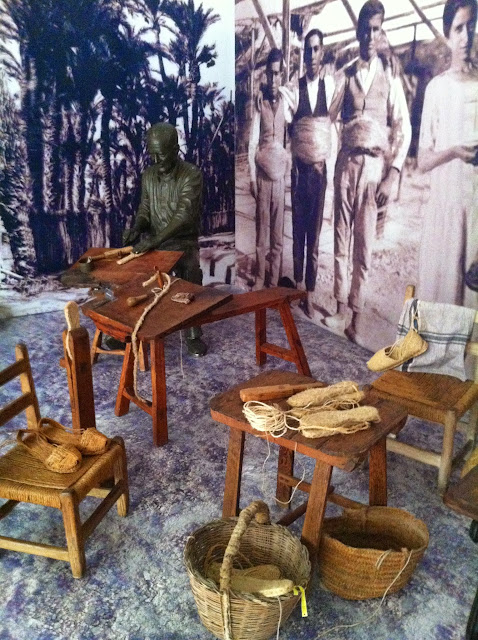 |
| Mustang Outlet |
The city of Elche produces 50% of the footwear manufactured in Spain and is a leading exporter across Europe. The origins go back to the late nineteenth century, when a still predominantly agricultural community began to produce shoes using vegetable fibers, as jute or hemp.
The regular opening hours of the shops are from 10.00 to 14.00 and from 16.00 to 20.00 Monday to Friday, and Saturdays from 10.00 to 14.00. At certain times of year, some establishments don't close at midday. There are maps in all the stores showing the locations of the different outlets, and in http://www.rutaoutlet.es/
Don't miss this opportunity to tour the outlet stores of Spain's most prestigious shoe manufacturers, with different qualities and prices, and the opportunity of discount prices and bargains.
I would advise you not to attempt to negotiate the business park on foot. It is a big estate and you will get very tired if you try to hike around it. Keep your energy for the shopping experience.
 |
| Tempe Outlet |
The Tempe Outlet store sell footwear and accessories from previous seasons from the Inditex trademarks (Zara, Pull and Bear, Massimo Dutti, Bershka, Stradivarius, Oysho, Zara Home and Uterqüe).
To choose the shops that you would like to visit, here you have links of some of the available brands:
(Not very much discounts, but I like this shoes a lot)
 |
| Panama Jack Outlet |
(Pikolinos also has a small footwear museum, open from 11.00-12.00 and 17.00-18.00h)
 |
| The beginning: making espadrilles. |
| Pikolinos & Martinelli Outlet |
http://www.pedromiralles.com/cms/en/
 |
| Guioseppo headquarter and outlet |
(One of the more visited shops)
 |
| Mustang headquarter and outlet |








